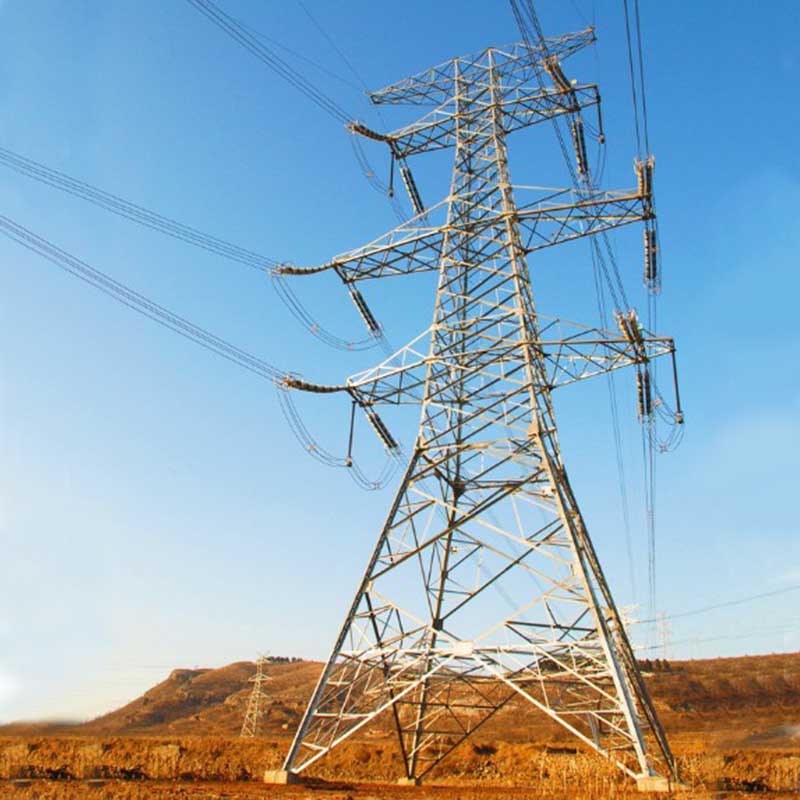Factors Influencing the Optimal Location for Galvanized Steel Structure Power Towers
2024-04-10
Introduction:
Galvanized steel structure power towers play a crucial role in the transmission and distribution of electricity across vast distances. The process of erecting these towers involves meticulous planning and consideration of various factors to ensure efficiency, safety, and reliability of the power grid. In this blog, we will explore the key factors that are taken into account when determining the optimal location for erecting galvanized steel structure power towers.
1. Geographical Considerations:
a. Terrain: The terrain of the proposed location is a critical factor. Flat or gently sloping terrain is preferable for ease of construction and maintenance. Steep or rugged terrain may require more extensive and costly construction methods.
b. Accessibility: Accessibility to the site for construction equipment and maintenance crews is essential. Proximity to roads, highways, and existing infrastructure helps minimize logistical challenges and costs.
c. Environmental Impact: Environmental factors such as wildlife habitats, protected areas, and ecological sensitivity must be considered to minimize the impact of construction on the surrounding environment.
2. Electrical Infrastructure:
a. Grid Connectivity: The proximity to existing electrical infrastructure, such as substations and transmission lines, is crucial for efficient power transmission. Connecting the new power tower to the grid minimizes energy losses and enhances reliability.
b. Load Distribution: The location should be strategically chosen to balance the load distribution across the power grid, ensuring optimal utilization of resources and minimizing voltage drops.
3. Climatic Conditions:
a. Wind Load: Galvanized steel structure power towers are designed to withstand varying wind speeds. However, the prevailing wind patterns in the region must be analyzed to ensure structural integrity and stability.
b. Seismic Activity: In areas prone to seismic activity, such as earthquake zones, special considerations are required to design and construct power towers that can withstand ground motion and seismic forces.
4. Land Use and Zoning Regulations:
a. Land Ownership: Obtaining the necessary land rights and permissions from landowners or government authorities is essential for construction. Legal and regulatory compliance ensures smooth execution of the project.
b. Zoning Restrictions: Zoning regulations imposed by local authorities may restrict the construction of power towers in certain areas. Compliance with zoning laws and regulations is necessary to avoid legal complications.
5. Future Expansion and Growth:
a. Population Growth: Anticipating future population growth and energy demand helps in planning the expansion of the power grid. Choosing a location that allows for future expansion and scalability is prudent.
b. Technological Advancements: Consideration of future technological advancements in power transmission and distribution ensures that the infrastructure remains relevant and adaptable to evolving needs.
Conclusion:
Erecting galvanized steel structure power towers requires a comprehensive evaluation of various factors, ranging from geographical considerations and electrical infrastructure to climatic conditions and regulatory requirements. By carefully assessing these factors, stakeholders can determine the optimal location for constructing power towers that enhance the efficiency, reliability, and sustainability of the power grid, ultimately meeting the growing energy demands of society.



